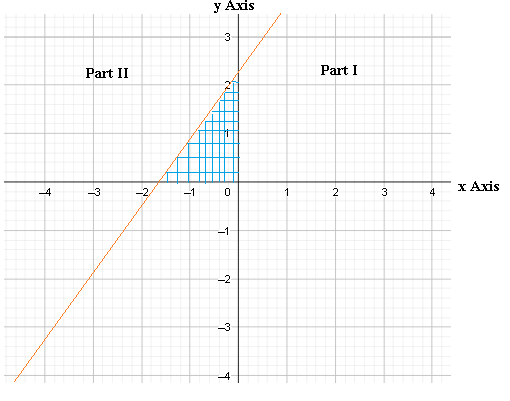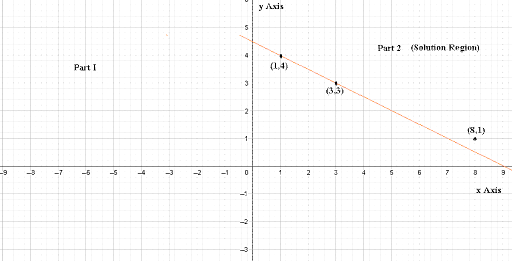Maths Notes for Chapter 5 Linear Inequalities Class 11 - FREE PDF Download
FAQs on Linear Inequalities Class 11 Maths Chapter 5 CBSE Notes - 2025-26
1. What are the key concepts to revise in Class 11 Linear Inequalities for the CBSE 2025–26 exam?
The core concepts to focus on in Linear Inequalities Class 11 revision notes include:
- Definition and types of inequalities (strict, slack, double, numerical, literal)
- Algebraic solutions of linear inequalities in one and two variables
- Rules for manipulating inequalities
- Graphical representation of solution sets on the number line and Cartesian plane
- Application of inequalities in real-life scenarios (such as profit, averages, perimeter problems)
2. How should I structure my quick revision of Chapter 5: Linear Inequalities before exams?
For effective last-minute revision, start with the summary of key terms and properties of inequalities, then review solved examples from your notes to clarify methods for solving different types of inequalities. Next, practice graphing solutions for both one-variable and two-variable inequalities. Finally, attempt a variety of application-based and word problems to consolidate your understanding.
3. What are the most important rules to remember for solving linear inequalities?
The key rules to keep in mind are:
- You can add or subtract the same number on both sides without changing the inequality’s sense.
- Multiplying or dividing both sides by a positive number retains the inequality sign.
- Multiplying or dividing both sides by a negative number reverses the inequality sign.
- When dividing by an expression whose sign isn’t known, use its square to maintain the direction.
4. Why is it important to understand the graphical representation of linear inequalities?
Graphical representation helps visualize the solution set for inequalities, especially in two variables. It allows you to identify feasible regions and intersections for systems of inequalities. In CBSE exams, understanding graphing techniques is critical for full marks, as many questions require shading the correct half-plane or indicating intervals on a number line.
5. What misconceptions do students often have while revising linear inequalities?
Common misconceptions include:
- Forgetting to flip the inequality sign when multiplying/dividing by a negative number.
- Incorrectly identifying if the boundary (solid or dashed line) is included in the solution set when graphing.
- Mixing up the meanings of strict (<, >) and slack (≤, ≥) inequalities.
- Not checking all possible solution constraints in real-world problems (like only considering positive values where negatives aren’t possible).
6. How can you quickly determine the solution set of a linear inequality in one variable using a number line?
After solving the linear inequality for the variable, mark the critical value(s) on a number line. Use an open circle for a strict inequality (<, >), and a filled circle for a slack inequality (≤, ≥). Shade the region corresponding to the solution. For example, if x > 2, place an open circle at 2 and shade to the right.
7. In what types of real-life problems are linear inequalities commonly applied as per Revision Notes?
Linear inequalities are used in various real-world scenarios, such as calculating minimum averages, optimizing profits, budgeting, determining ranges for perimeters or costs, and formulating constraints in mathematical modelling. Understanding their application helps tackle word problems and higher-order thinking sections in the CBSE exam.
8. What is the difference between a solution and a solution set in the context of linear inequalities?
A solution is a specific value that satisfies the inequality, while a solution set contains all possible values that make the inequality true. For example, for x < 5, 2 is a solution, while the solution set is all real numbers less than 5.
9. How can revision notes help in preparing for linear inequalities questions in Class 11 exams?
Revision notes offer a concise summary of key concepts, formulas, and problem-solving approaches required by the CBSE syllabus. They make it easier to quickly recap important points, avoid common mistakes, and practice typical exam questions, ensuring effective and targeted preparation.





























